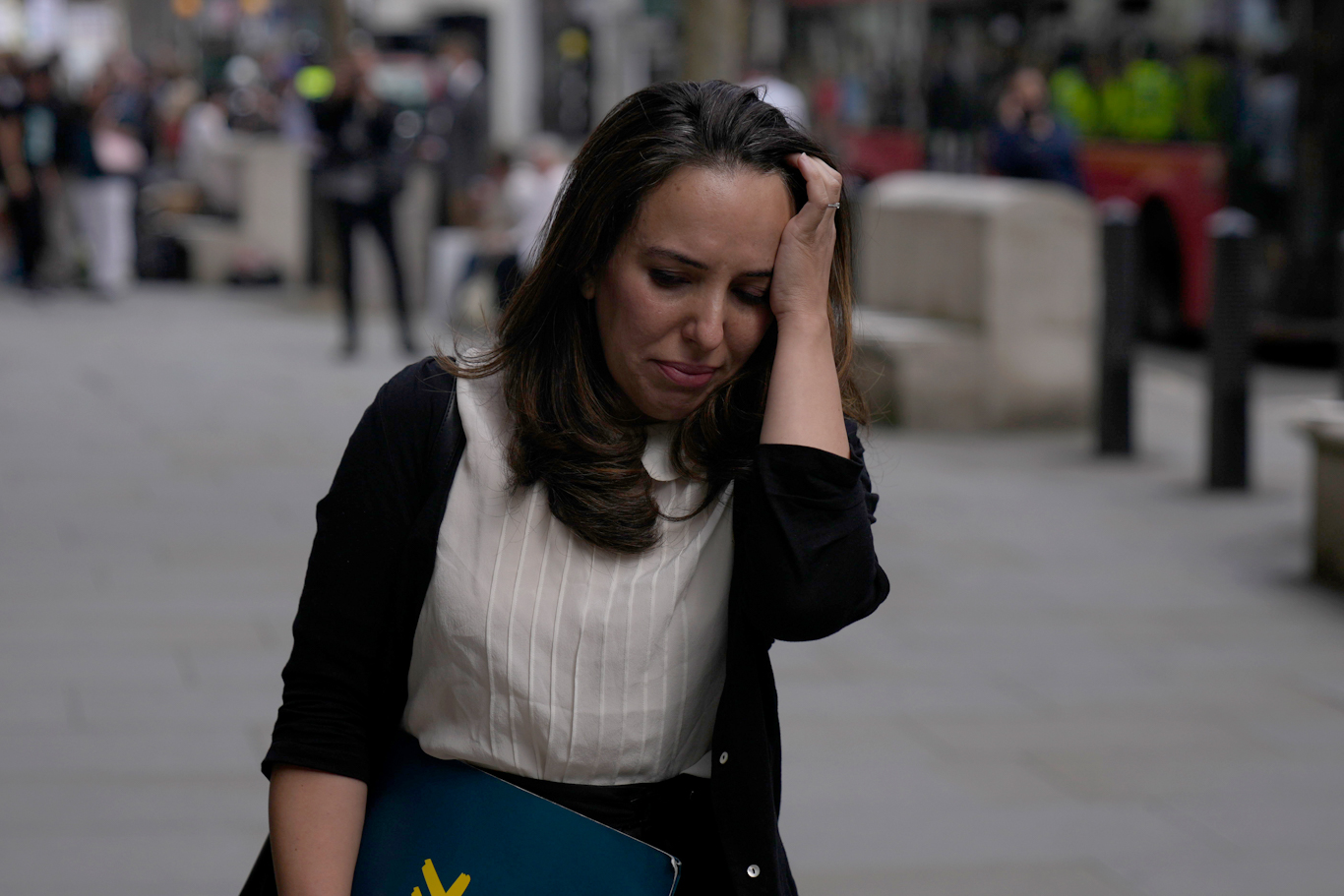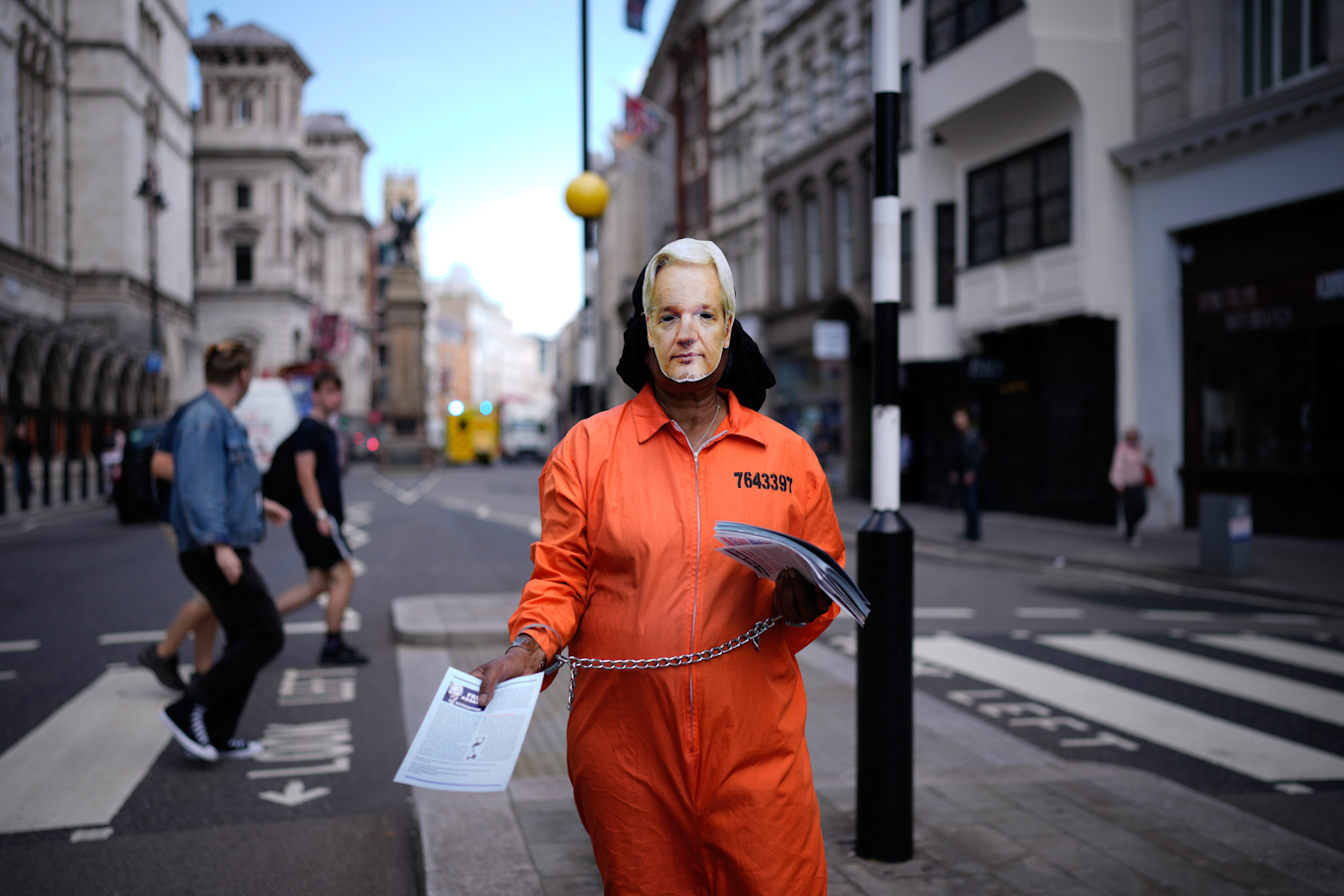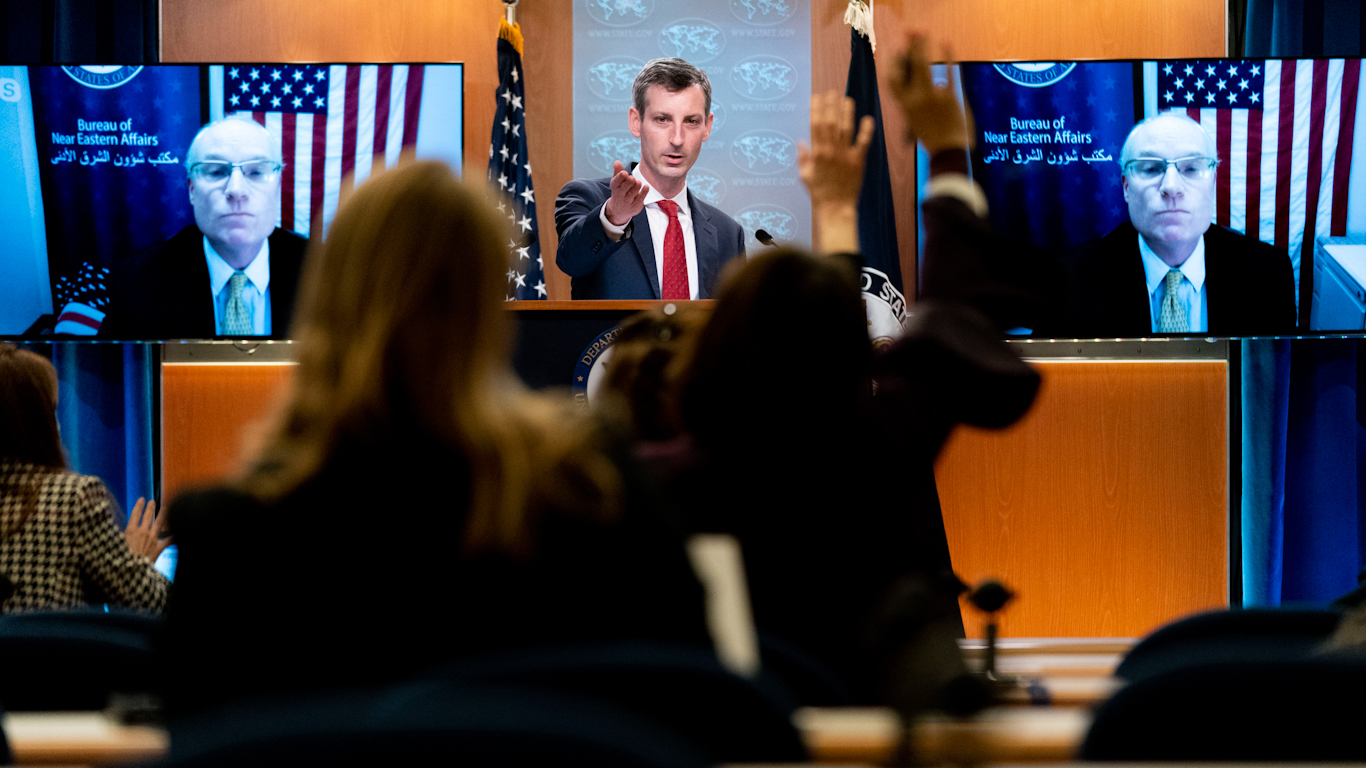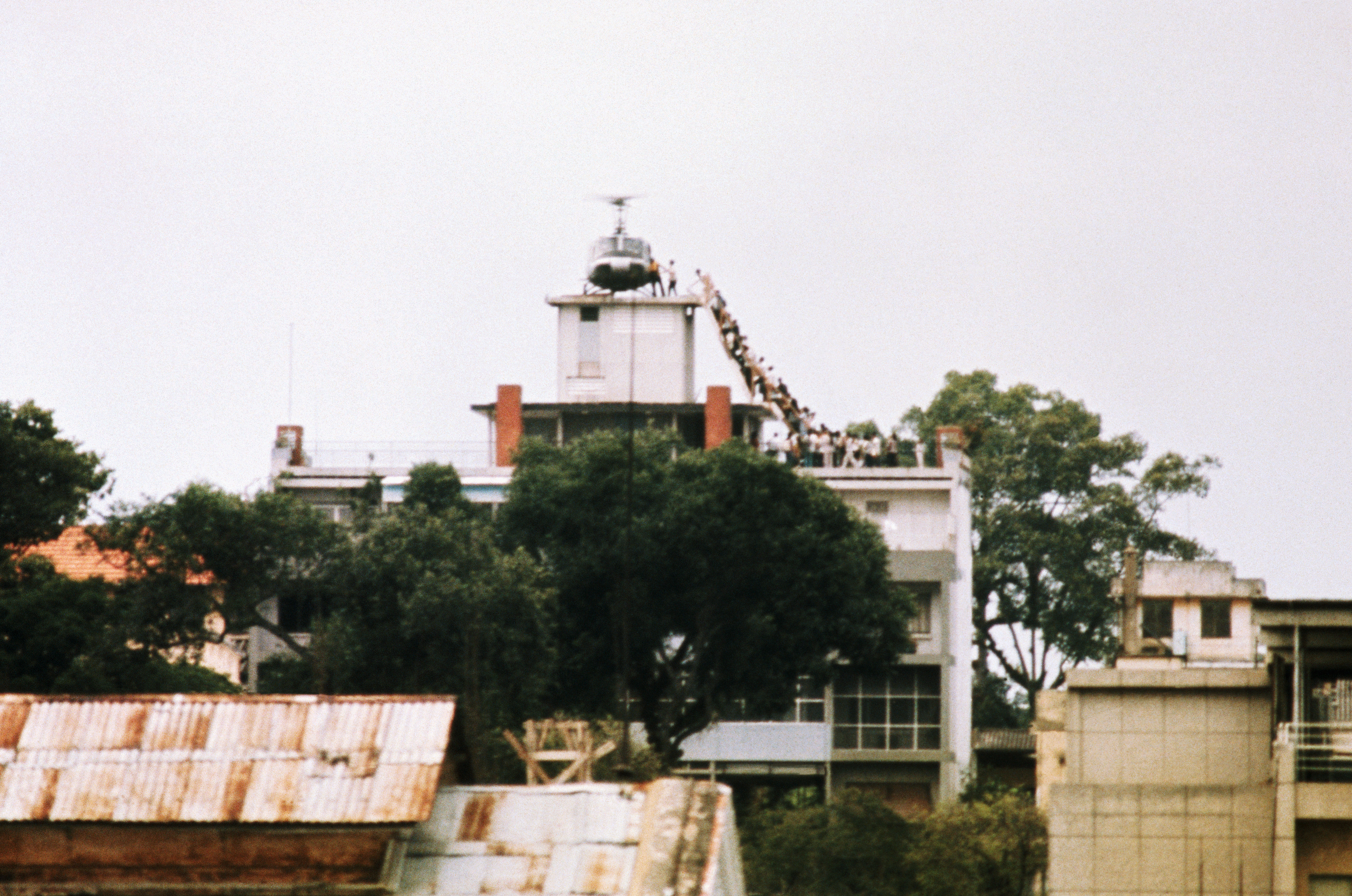14 August 2021
By Andrew Korybko
Andrew Korybko, Russia based American Analyst argues that the US should be ashamed of its surrender in Afghanistan. After wasting $2 trillion on a 20-year-long war it has ultimately come out with nothing to show for it. Tens of thousands were killed for the official objectives of “promoting democracy” and “defending human rights,” which were never taken seriously by its decision-makers.

The US should be ashamed of its surrender in Afghanistan. Over $2 trillion was wasted on a 20-year-long war with nothing to show for it. Tens of thousands have been killed and the official objectives of “promoting democracy” and “defending human rights” were never taken seriously by its decision-makers. Even if they were, they would still have failed since the Western notions thereof cannot be forcefully imposed upon Afghanistan’s largely traditional society from abroad. All that Afghanistan ever represented to America was a springboard from which to destabilize the region for divide-and-rule Hybrid War ends and a seemingly endless corruption scheme for enriching its elite who invested in the military-industrial complex.
The war was over before it began and what’s rapidly playing out before everyone’s eyes is the inevitable conclusion of the disaster that the US itself is solely responsible for creating at the turn of the century. It was one thing to overthrow the mostly unrecognized Taliban authorities in Afghanistan as punishment for what American officials claimed was their passive facilitation of the 9/11 terrorist attacks and another entirely to occupy the country for so long. Not only that, but the US and its Kabul allies also carried out countless extra-judicial killings, including those who were murdered by air and drone strikes targeting civilians at weddings and even inside their own homes.
Taliban the “lesser evil” vs Foreign forces?
The Taliban might not have been popular among many when they were in power since they ruled with an iron fist in order to enforce their ultra-fundamentalist interpretation of Islamic law, but they were eventually considered the so-called “lesser evil” in comparison to the new foreign-backed regime that was imposed upon the Afghan people. Apart from the killings that took place with impunity, corruption spiraled out of control and ethnic divisions were manipulated in order to turn neighbors against one another. The drug trade flourished, and with it came an explosion in organized crime. The Taliban might have been brutal, but at least there was some “method to their madness”. By contrast, the US-backed Kabul authorities thrived in pure chaos.
Of course, some Afghans benefited from the new state of affairs, which is undeniable. Quite a few received a Western-style education who would otherwise have never had such an opportunity. Additionally, those in the cities were able to economically prosper by trading with the occupying forces. The Taliban’s ultra-fundamentalist interpretation of Islamic law was no longer enforced so people lived much more liberal lives than before. Foreign influences flooded into the country and shaped the new generation of urban dwellers. Some underdeveloped regions in the rural areas also received access to the modern-day amenities that they either never had before or only enjoyed for a brief moment of time in the past.
Nevertheless, that “New Afghanistan” was nothing but an illusion propped up by foreign airpower. The moment that the US decided to scale back its anti-Taliban strikes, the movement flexed its muscles and showed how powerful its nationwide network of influence was. They didn’t take over half the country’s regional capitals by fighting, but mostly by convincing the demoralized members of the Afghan National Army (ANA) to peacefully surrender or flee. Their silent supporters within those cities (“sleeper cells”) awoke on command and coordinated their transfer of power from Kabul to the Taliban’s self-proclaimed “Islamic Emirate of Afghanistan” (IEA). Everything happened so swiftly that few could comprehend what they were witnessing.
America’s Shameful Surrender of Afghanistan
What’s so shameful about all of this from an American perspective isn’t just that over $2 trillion was wasted and tens of thousands of lives lost for nothing, but that the US also abandoned almost all of its Afghan allies. Regardless of however one feels about some of its citizens cooperating with the occupying forces in various capacities such as being translators or whatever else, America had a moral responsibility to help them flee their homeland in the face of credible threats of Taliban retribution. Instead, it coldly abandoned them and told all Afghans that they can’t even apply for asylum in the country but must first flee as refugees to other countries and then wait some time before their request is considered, after which it might not even ever be approved.
It’s this development more so than anything else that’ll leave the most enduring stain on America’s reputation. Every life lost was precious and the over $2 trillion wasted on this war could have been invested in much more constructive endeavors elsewhere, but betraying one’s allies in such a public and humiliating way is something that’ll forever disgust average Americans and those abroad who sympathize with the country for whatever reason. Those Afghans put their lives and those of their families on the line to help America, only to be treated like trash at the end of the day and thrown away like used toilet paper. It should enrage everyone across the world, even those who consider themselves “anti-American”, to see other human beings treated in such a way.
America should never have invaded Afghanistan in the first place since its “shock and awe” air campaign was more than sufficient to dislodge the Taliban and facilitate the Northern Alliance’s replacement of it. That should have been punishment enough for hosting Osama Bin Laden and might have actually resulted in a better future for the Afghan people. Instead, the US invaded the country for ulterior strategic motives totally disconnected from its stated goals of “promoting democracy” and “defending human rights”. The end result was written on the wall at that very moment, but few could have expected it to play out as dramatically as it did. The Taliban just captured territory equivalent to half the size of Texas in a single week, which nobody thought possible.






















